
“Unless I am very much mistaken, this invention will prove important in the future.” Leo Baekeland wrote those words in his journal on 11 July, 1907. He was in a good mood. Aged 43, he’d done well.
Born in Belgium, his dad was a cobbler. He’d had no education, and didn’t understand why young Leo wanted one. He apprenticed the boy into the trade, aged just 13. But his mum had other ideas.
With her encouragement, Leo went to night school, and won a scholarship to the University of Ghent. By the age of 20, he had a doctorate in chemistry.
He married his tutor’s daughter and moved to New York, where he made so much money from photographic printing paper that he need never work again.
The Baekelands bought a house in Yonkers, overlooking the Hudson River, where Leo built a home laboratory to indulge his love of tinkering with chemicals. In July 1907, he was experimenting with formaldehyde and phenol.
 Image copyrightALAMY
Image copyrightALAMYThese experiments would lead to his second fortune.
He became so famous that Time magazine put his face on the cover without needing to mention his name, just the words, “It will not burn. It will not melt.”
What Leo Baekeland invented that July was the first fully synthetic plastic.
He called it Bakelite.

50 Things That Made the Modern Economy highlights the inventions, ideas and innovations which have helped create the economic world in which we live.
It is broadcast on the BBC World Service. You can find more information about the programme’s sources and listen online or subscribe to the programme podcast.
And he was right about its future importance. Plastics would soon be everywhere.
When Susan Freinkel wrote her book Plastic: A Toxic Love Story, she spent a day noting down everything she touched that was plastic: the light switch, the toilet seat, the toothbrush, the toothpaste tube.
She also noted everything that wasn’t – the toilet paper, the wooden floor, the porcelain tap.
Unlimited potential
By the day’s end, she’d listed 102 items that weren’t made of plastic, and 196 that were. We make so much plastic, it takes about 8% of oil production – half for raw material, half for energy.
The Bakelite Corporation didn’t hold back in its advertising blurb: humans, it said, had transcended the old taxonomy of animal, mineral and vegetable. Now we had a “fourth kingdom, whose boundaries are unlimited”.
That sounds hyperbolic, but it was true.
 Image copyrightGETTY IMAGES
Image copyrightGETTY IMAGESScientists previously had thought about improving or mimicking natural substances.
Earlier plastics, like celluloid, were based on plants, and Baekeland himself had been seeking an alternative to shellac, a resin secreted by beetles that was used for electrical insulation.
Yet he quickly realised that Bakelite could become far more versatile than that.
Artificial explosion
The Bakelite Corporation christened it “The Material of a Thousand Uses”, and, again, that wasn’t far wrong.
It went into telephones, radios, guns, coffee pots, billiard balls and jewellery. It was used in the first atomic bomb.
 Image copyrightALAMY
Image copyrightALAMYBakelite’s success shifted mindsets: what other artificial materials might be possible, with properties you couldn’t necessarily find in nature?
In the 1920s and 1930s, plastics poured out of labs around the world.
There was polystyrene, often used for packaging, nylon, popularised by stockings, and polyethylene, the stuff of plastic bags.
As World War Two stretched natural resources, production of plastics ramped up to fill the gap. And when the war ended, exciting new products like Tupperware hit the consumer market.
 Image copyrightALAMY
Image copyrightALAMYBut they weren’t exciting for long: the image of plastic gradually changed.
Shifting connotations
In 1967, the film The Graduate famously started with the central character, Benjamin Braddock, receiving unsolicited career advice from a self-satisfied older neighbour.
“Just one word,” the neighbour promises, steering Benjamin towards a quiet corner, as if about to reveal the secret to life itself. “Plastics!”
The line became much-quoted, because it crystallised the changing connotations of the word. For the older neighbour’s generation, “plastic” still meant opportunity and modernity. For the likes of young Benjamin, it stood for all that was phoney, superficial, ersatz.
Still: it was great advice. Half a century on, despite its image problem, plastic production has grown about twenty-fold. It’ll double again in the next 20 years.
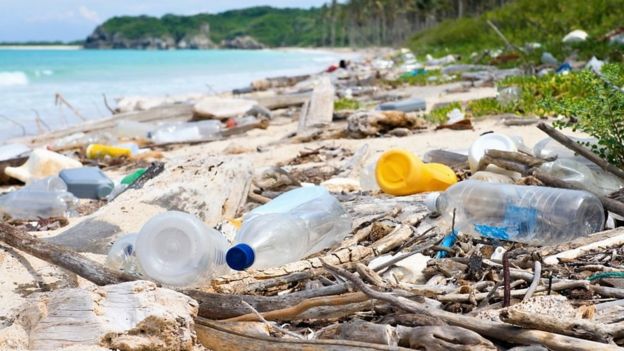 Image copyrightGETTY IMAGES
Image copyrightGETTY IMAGESThat’s also despite growing evidence of environmental problems. Some of the chemicals in plastics are thought to affect how animals develop and reproduce.
When plastics end up in landfill, those chemicals can eventually seep into groundwater; when they find their way into oceans, some creatures eat them.
But there’s another side to the ledger – plastic has benefits that aren’t just economic, but environmental too.
Vehicles made with plastic parts are lighter, and so use less fuel. Plastic packaging keeps food fresh for longer, and so reduces waste. If bottles weren’t made of plastic, they’d be made of glass. Which would you rather gets dropped in your children’s playground?
Rubbish recycling rates
Eventually, we’ll have to get better at recycling plastic, if only because oil won’t last forever.
Some plastics can’t be recycled – like Bakelite. Many more could be, but aren’t. In fact only about a seventh of plastic packaging is recycled – far less than for paper or steel. That rate is lower still for other plastic products.
What should be the 51st Thing?
 Image copyrightGETTY IMAGES
Image copyrightGETTY IMAGESTim Harford has discussed 50 things which he argues have made the modern economy. Help choose the 51st thing by voting for one of these listener suggestions:
- The credit card
- Glass
- Global Positioning System (GPS)
- Irrigation
- The pencil
- The spreadsheet
You can vote on the 50 Things That Made the Modern Economy programme website. Voting closes at 12:00 GMT Friday 6 October 2017, and the winning 51st Thing will be announced in a special podcast on 28 October 2017.
Improving that will take effort from everyone. You may have seen little triangles on plastic, with numbers from one to seven.
They’re called Resin Identification Codes, and they’re one initiative of the industry’s trade association. They help with recycling, but the system’s far from perfect.
If the industry could do more, then so could many governments: recycling rates differ hugely around the world.
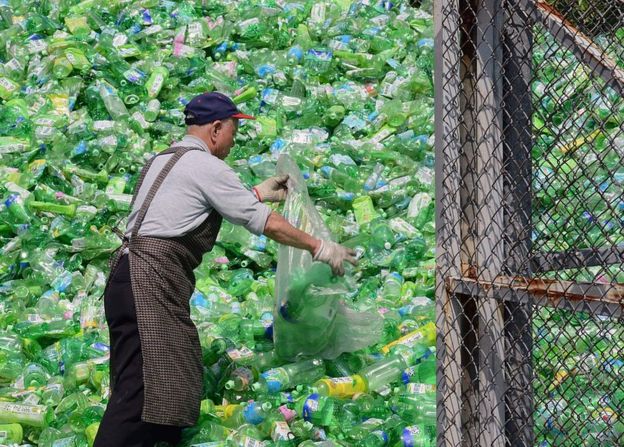 Image copyrightGETTY IMAGES
Image copyrightGETTY IMAGESOne success story is Taipei, Taiwan. It changed its culture of waste by making it easy for citizens to recycle, and fining them if they don’t.
How about technological solutions?
Revolutionary?
Fans of science fiction will enjoy one recent invention, the ProtoCycler. Feed it your plastic waste, and it gives you filament for your 3D printer.
It is as close as we can get today to Star Trek’s replicator.
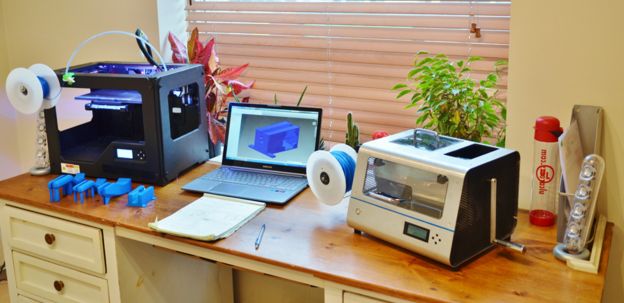 Image copyrightREDETEC
Image copyrightREDETECIn its day, Bakelite must have felt as revolutionary as that Star Trek replicator still feels to us.
Here was a simple, cheap synthetic product that was tough enough to replace ceramic tableware or metal letter openers, yet beautiful enough to be used as jewellery, and could even replace precious ivory.
It was a miracle material, even though – like all plastics today – we now take it for granted.
But manufacturers today haven’t given up on the idea that you can make something precious and practical from something cheap and worthless.
The latest techniques “upcycle” plastic trash, mixing it with agricultural waste and nanoparticles to create new materials, with new properties.
Leo Baekeland would have approved.
source: BBC
The post How plastic became a victim of its own success appeared first on Ultimate FM.
“Unless I am very much mistaken, this invention will prove important in the future.” Leo Baekeland wrote those words in his journal on 11 July, 1907. He was in a good mood. Aged 43, he’d done well. Born in Belgium, his dad was a cobbler. He’d had no education, and didn’t understand why young Leo […]
The post How plastic became a victim of its own success appeared first on Ultimate FM.
Read Full Story

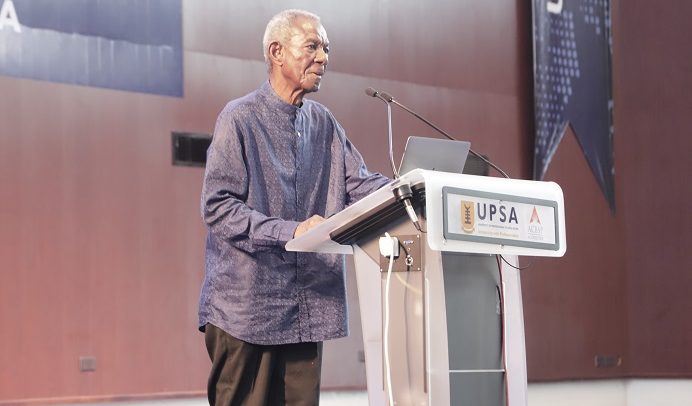
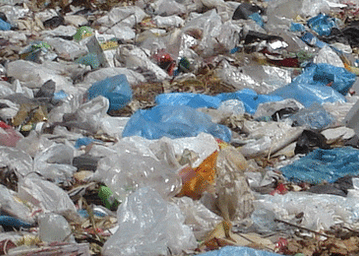
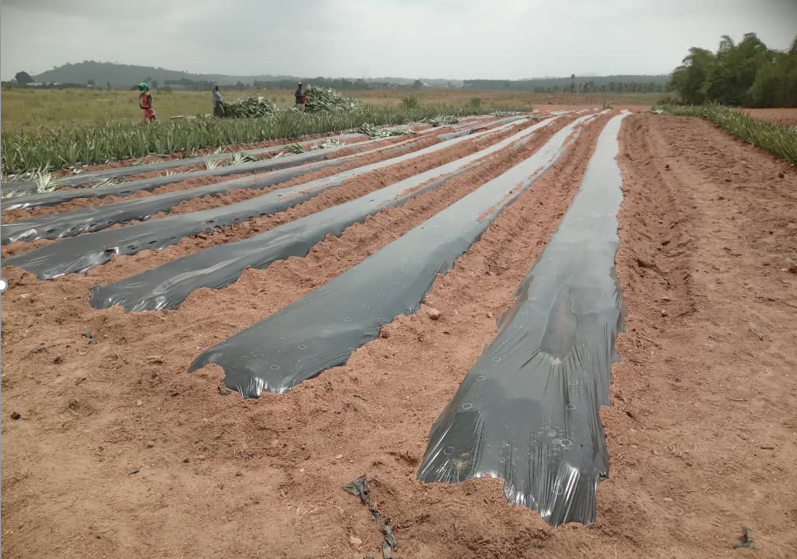








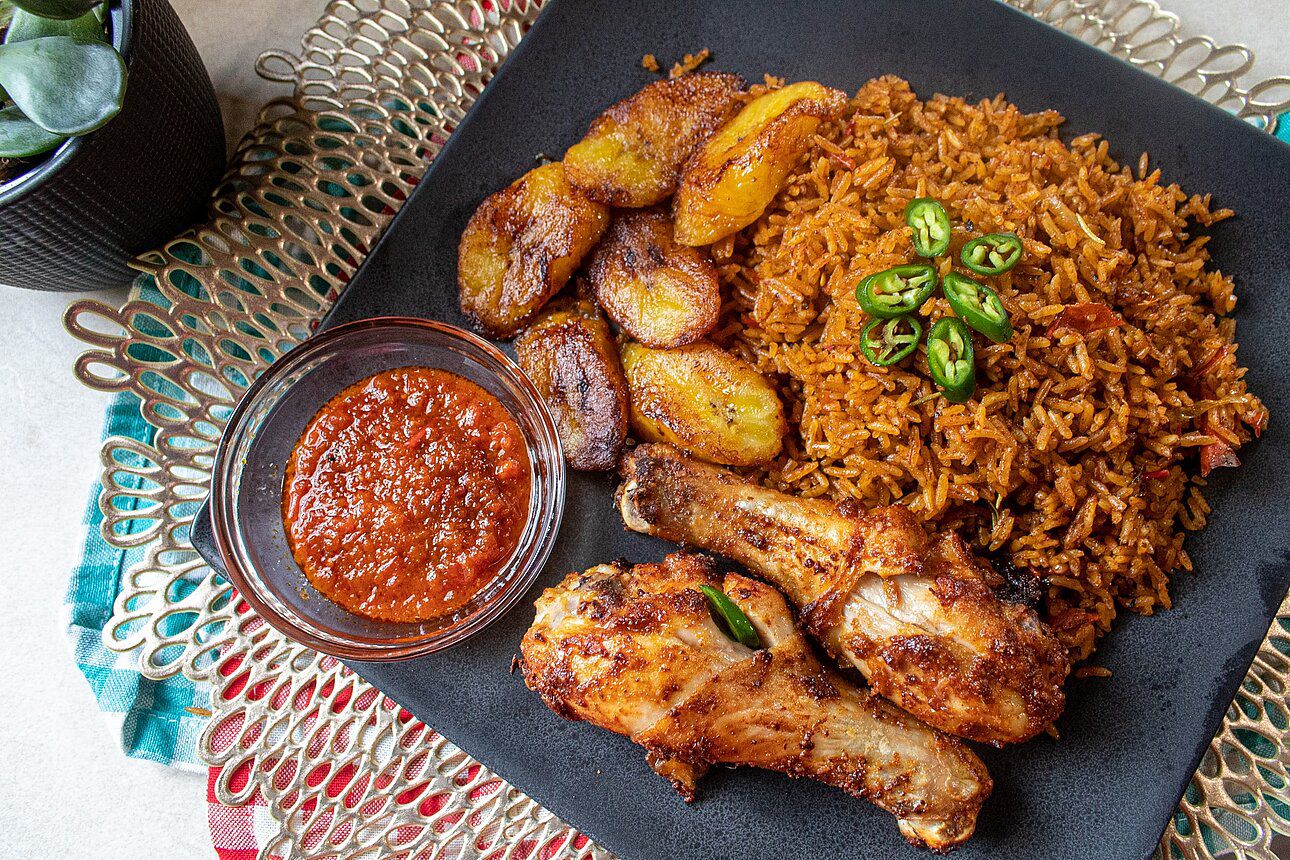













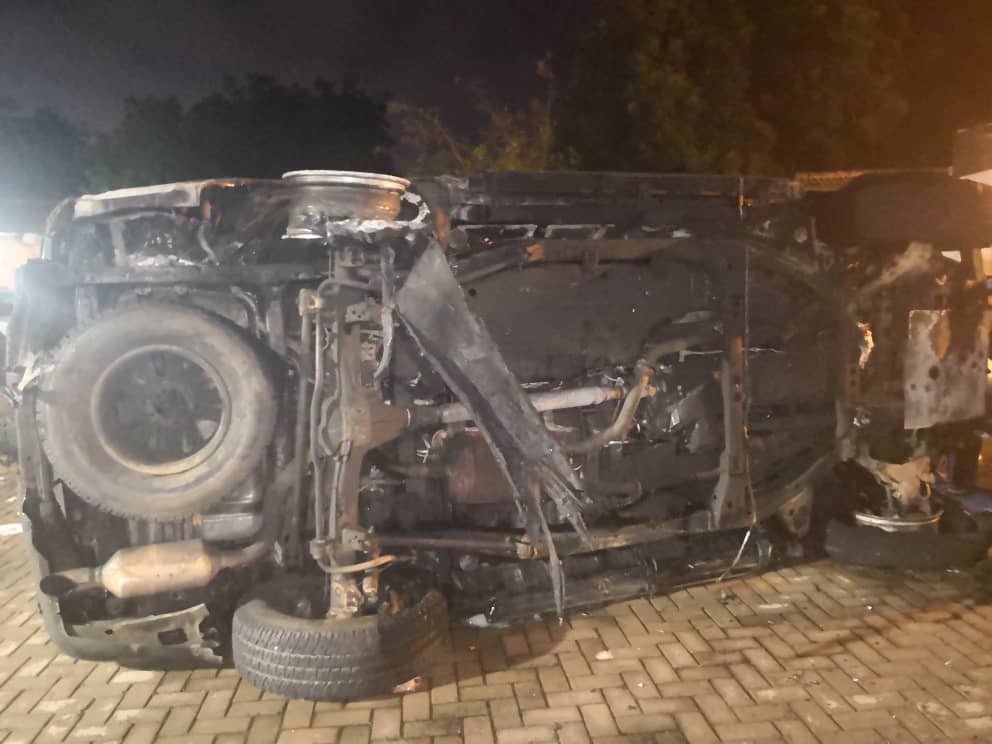








Facebook
Twitter
Pinterest
Instagram
Google+
YouTube
LinkedIn
RSS